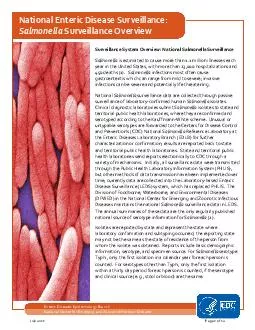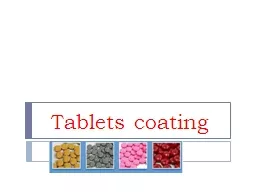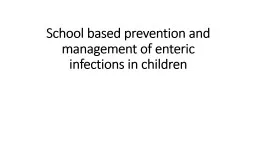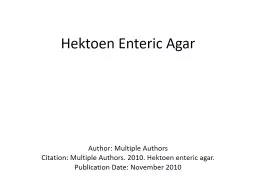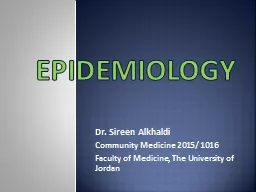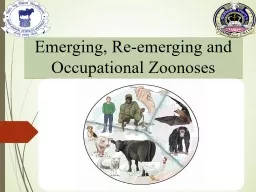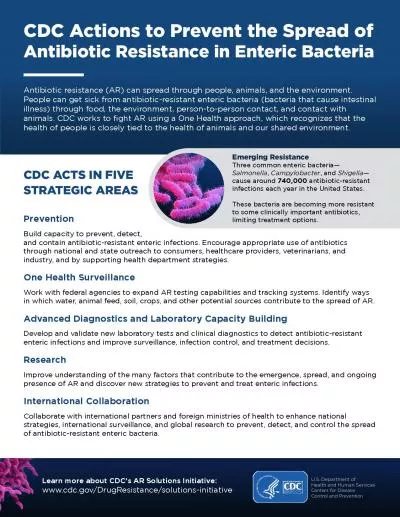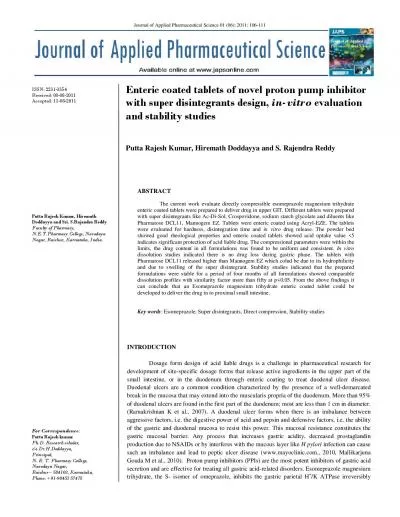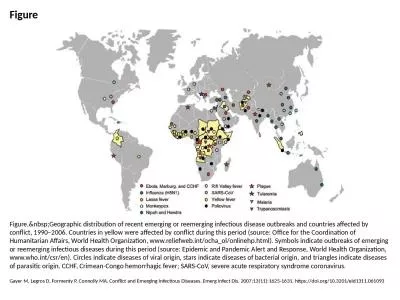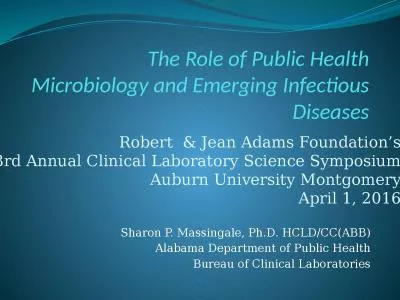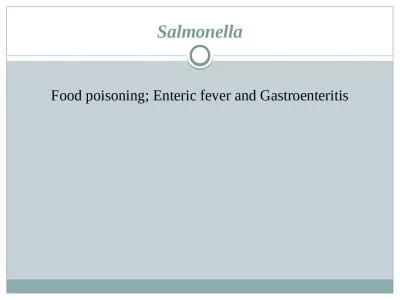PDF-Enteric Diseases Epidemiology BranchNational Center for Emerging and Z
Author : liane-varnes | Published Date : 2015-10-15
July 2011Page 1 of July 2011Page 2 of Rates of isolation are reported but the rates of incomplete and unknown serotype data vary by state and year as do reporting
Presentation Embed Code
Download Presentation
Download Presentation The PPT/PDF document "Enteric Diseases Epidemiology BranchNati..." is the property of its rightful owner. Permission is granted to download and print the materials on this website for personal, non-commercial use only, and to display it on your personal computer provided you do not modify the materials and that you retain all copyright notices contained in the materials. By downloading content from our website, you accept the terms of this agreement.
Enteric Diseases Epidemiology BranchNational Center for Emerging and Z: Transcript
Download Rules Of Document
"Enteric Diseases Epidemiology BranchNational Center for Emerging and Z"The content belongs to its owner. You may download and print it for personal use, without modification, and keep all copyright notices. By downloading, you agree to these terms.
Related Documents

